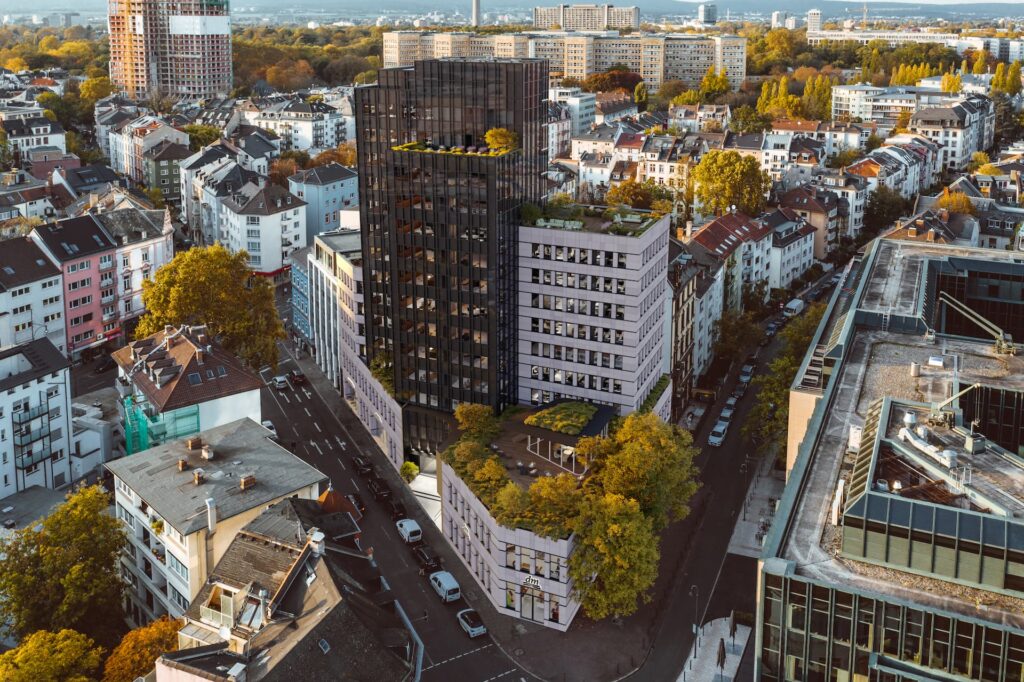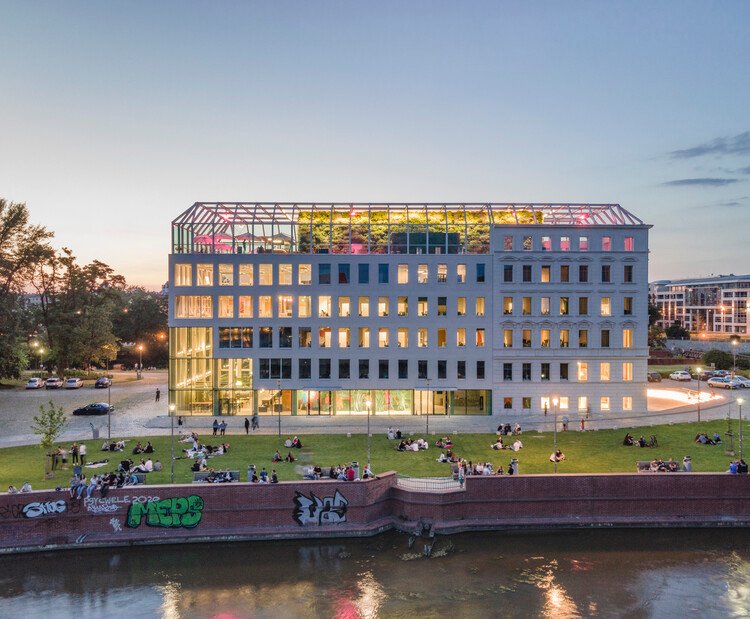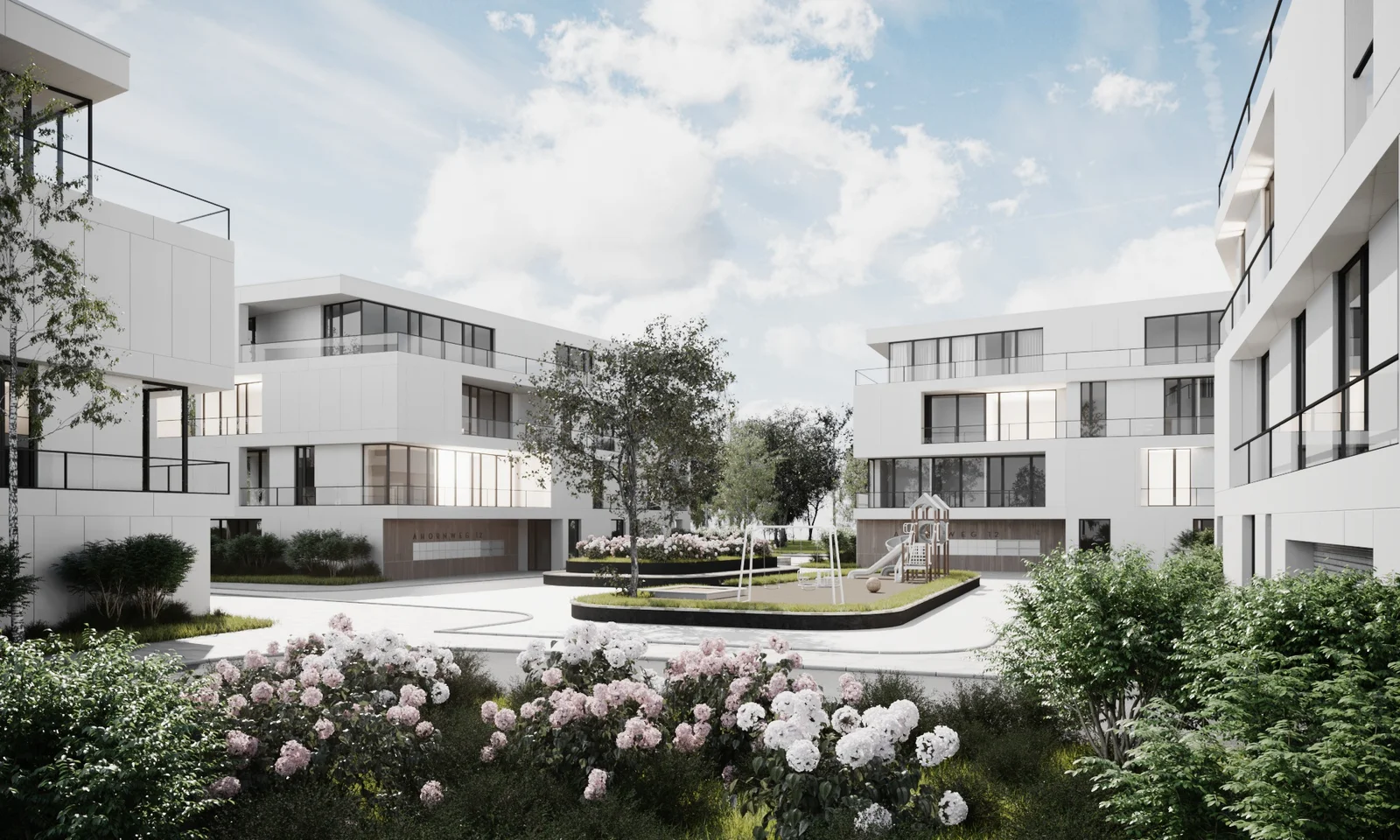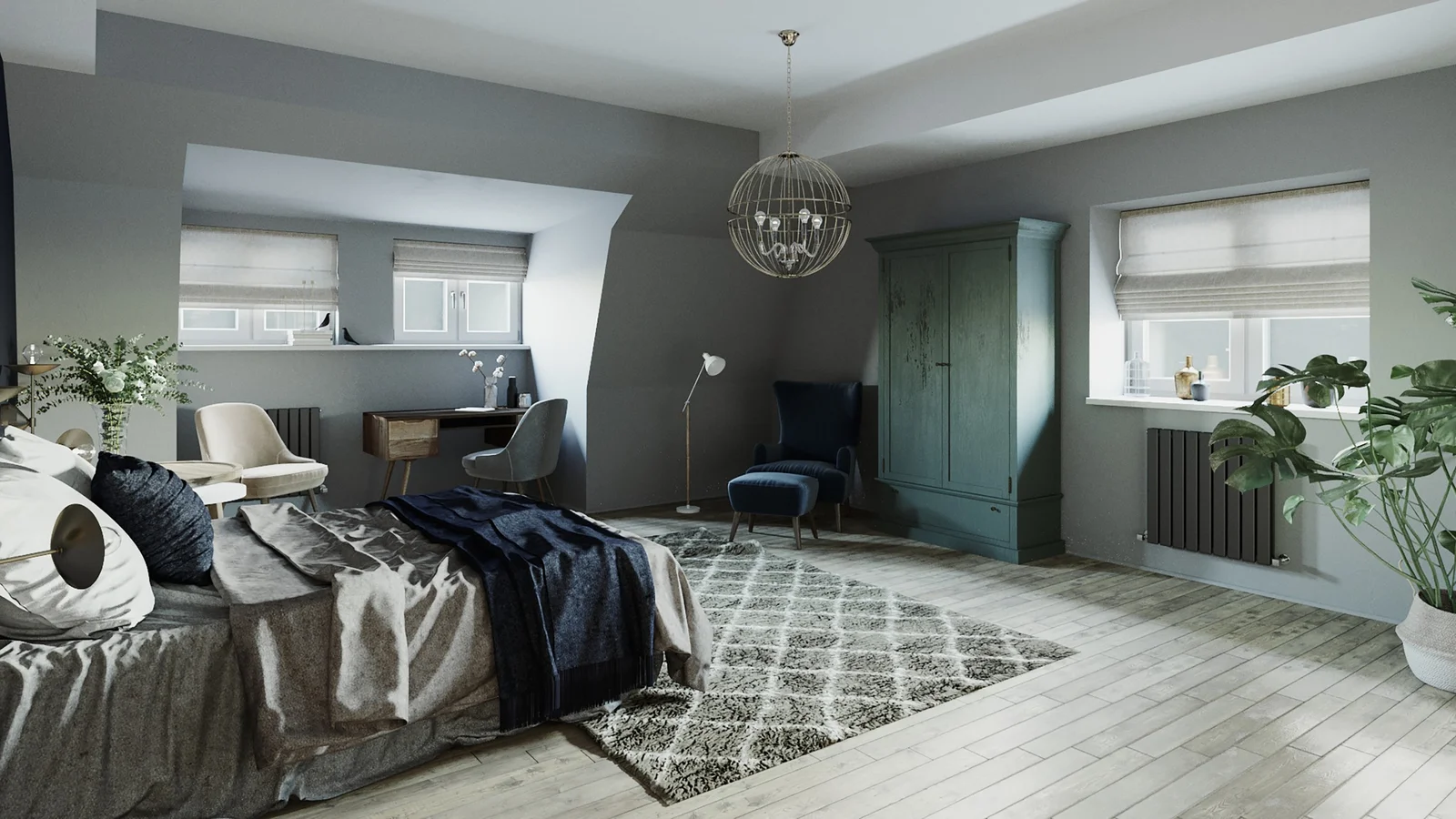How Wood and Natural Materials Can be Realistically Represented in 3D
The world of 3D modeling and animation has grown exponentially in the last decade, with advancements in software and hardware technologies enabling artists to create stunning images and animations that are mind-blowingly realistic. A significant part of this realism is the ability to accurately represent different materials, especially natural ones like wood. This blog post aims to guide you on how you can realistically represent wood and other natural materials in 3D.
Understanding the Basics of 3D Material Representation
Before we delve into the specifics of representing wood and other natural materials in 3D, it is crucial to understand the basics of 3D material representation. The realism of any 3D model is heavily dependent on the quality of the materials used in the render. It’s essential to know how to use shaders, textures, light, and color to achieve the desired effect.
Shaders
Shaders are computer programs that instruct how light interacts with the surface of a 3D model. They define the color, shininess, transparency, and other properties of the model’s surface. Understanding how to use shaders effectively can make a significant difference in the realism of your 3D models.
Textures
Textures are image files that are mapped onto the surface of a 3D object. They provide the detailed surface characteristics of the material, like its color pattern, roughness, or reflectivity. Well-chosen and well-applied textures are crucial for achieving a realistic representation of natural materials in 3D.
Light and Color
Light and color play a vital role in 3D material representation. The way a material appears in real life is largely due to how light interacts with its surface and the colors it reflects. Understanding how to manipulate light and color in a 3D environment is therefore fundamental for achieving a realistic representation of any material.
Realistically Representing Wood in 3D
Now that we have a basic understanding of the principles of 3D material representation, let’s focus on how you can realistically represent wood in your 3D models.
Techniques for Realistic 3D Representation of Wood and Natural Materials
Detailed Texture Mapping
The first step in achieving a realistic representation of wood and natural materials in 3D is through detailed texture mapping. This process involves creating or using high-resolution images of the material and mapping them onto the 3D model. Wood textures, for example, must capture the unique grain patterns, knots, and color variations that give wood its distinct appearance.
To enhance realism, consider using bump mapping or displacement mapping techniques. Bump mapping manipulates the model’s surface normals to simulate the illusion of depth and texture without modifying the model’s geometry. Displacement mapping, on the other hand, alters the model’s actual geometry based on a texture map, creating more realistic, detailed surface variations.
Advanced Shading Techniques
Shading is crucial in conveying a material’s properties and how it interacts with light. Different materials reflect, absorb, and transmit light differently, and these properties need to be accurately represented in your 3D model.
For wood and natural materials, consider using subsurface scattering (SSS). This technique simulates the way light penetrates a surface, scatters underneath, and exits at a different location, creating a softer, more diffused appearance. This is especially useful for representing materials like marble, skin, or wax, but can also add depth and realism to wooden surfaces, especially for lighter, less dense wood types.
Incorporating Realistic Details
To create a truly realistic representation of wood and natural materials in 3D, it’s important to incorporate as much real-world detail as possible. This could involve adding imperfections such as cracks, knots, and scratches to your wood textures, or creating variations in color and texture to represent the natural inconsistencies of these materials.
For more organic materials like stone or plant matter, consider using a technique called procedural generation. This method uses algorithms to automatically create unique, random patterns and structures, mimicking the natural randomness and irregularity of these materials.
Remember, realism in 3D modeling is all about attention to detail. The more accurately you can represent the unique characteristics and properties of wood and natural materials, the more convincing your models will be.In conclusion, the art of representing wood and natural materials in 3D involves a deep understanding of the texture, structure, and intricate details of these materials. With advancements in technology, there are numerous tools and software that can help create highly realistic 3D representations. Not only does this enhance the visual appeal of various projects, but it also provides a more immersive and realistic experience for viewers. With the right techniques and a careful eye for detail, the essence of wood and natural materials can truly be captured and brought to life in the 3D realm.







